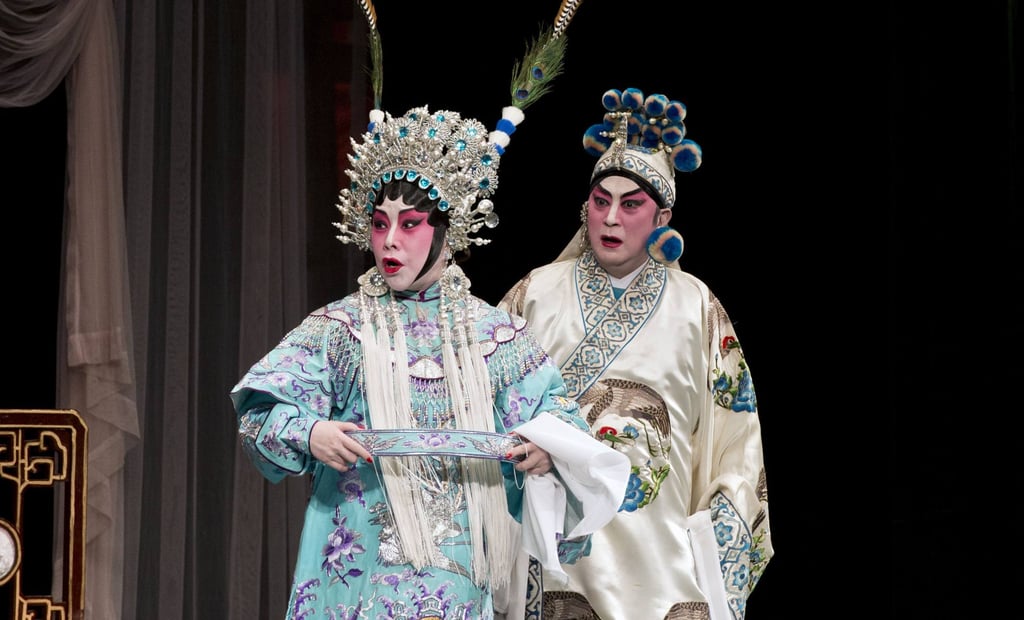If you live in or are visiting Hong Kong, you may have watched the Tai O Dragon Boat Water Parade from the fishing village’s stilt houses last week, or mastered the art of making cha kwo (steamed sticky rice dumpling). You may be heading to Sha Tin later this month to learn a paper-crafting technique, or make temple offerings at the Che Kung Festival.
A plethora of such cultural experiences is being widely showcased at the moment – more than usual – because June is the inaugural Hong Kong Intangible Cultural Heritage Month.
In addition to tours in six characteristic districts – Yau Tsim Mong, Tsuen Wan, Tai Po, Sha Tin, Eastern, and the Islands – there are carnivals, exhibitions, seminars and workshops being held across the city.
Appreciating a culture’s heritage through its historic sites and monuments, buildings, and material artefacts – such as clothing, jewellery, weapons, art and sculpture – is a familiar practice. Such tangible heritage has long been presented in museums, recognised, shared and even returned to its rightful communities.

Intangible cultural heritage (ICH), on the other hand, comprises non-physical intellectual wealth, such as folklore, customs, beliefs, traditions, knowledge and language. ICH received less recognition until recent decades, despite its crucial role as a mainspring of cultural diversity, and a guarantor of sustainable development.







